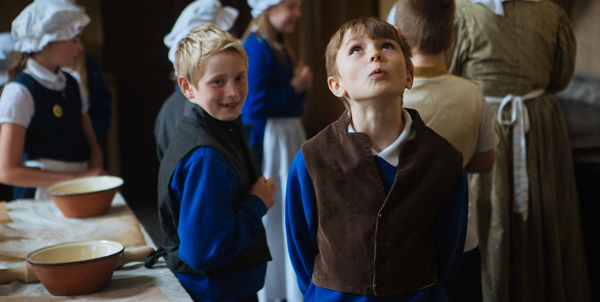This resource is great for:
Using historical fiction as your starting point for creating cross-curricular classroom activities.
Summary:
A series of activities to help bring history to life in the classroom using historical fiction as your inspiration, including top tips from Sarah Cowie, Learning Officer at National Museums Scotland.
Introduction:
You can learn so much about different time periods through reading historical fiction. The lives of historical characters can come alive and can be used as the inspiration for a variety of multi-disciplinary activities. We’ve outlined below various activities that you could try, drawing on the historical fiction featured in the Book Festival’s 2017 Baillie Gifford Schools Programme.
Activity – Cross-curricular activities using historical fiction
Part One – Expressive Arts
For primary pupils, a great way to bring the past alive is to act out scenes from a book set in a certain period from history. Many aspects of the Expressive Arts curriculum can be incorporated as you create props and backdrops, and you could make or find accompanying music and sound effects. Older pupils or teachers can act as the narrator of the scene. You can build on this activity further by devising original scenes featuring the characters and settings of the book.
Why not try to find some songs or music from the period and listen to them as a class? Sing along if there are words or talk about the different instruments that you can hear in the music and how this relates to the time that it was composed.
You could also create your own character from the historical period – draw the character, write a short paragraph about their features and qualities, and then add them to a class mural.
Useful texts:
Kristina Stephenson’s Sir Charlie Stinky Socks series (see p.13 in the Schools brochure) or Philip Ardagh’s and Tom Morgan Jones’ Norman the Norman from Normandy (see p.32 in the Schools brochure) are perfect for this activity as they include lots of action (and comedy too!).
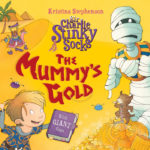
Part Two – Talk to Relatives
If the book you are studying is set in the recent past, you might be able to talk to older friends, neighbours or relatives about the period. Ask them about their memories and what life was like for normal people at that time. It might also be possible to find interviews and videos online – hearing from people who lived through the period can help the past seem more alive.
Useful texts:
Emma Carroll’s Letters from the Lighthouse (see p.32 in the Schools brochure) is set during the Second World War.
Elizabeth Wein’s The Pearl Thief (see p.21 in the Schools brochure) is set in 1930s Perthshire.
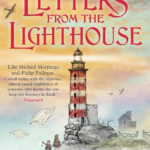
Part Three – Compare Fact and Fiction
For older pupils, historical fiction can add interest to studies of other texts from the time. Locate sources from the period in which your book is set. These might be other works of fiction, first-hand accounts, or news pieces. What do they tell you about the politics, lifestyles or views of that time? Compare what you now know about that period with the book you are studying – how realistic do you think the characters in the novel are? Discuss the importance of historical accuracy. If aspects in the novel are exaggerated or unrealistic, why do you think this might be?
Younger pupils can focus on how they know the book is set in the past. How are the lives of the historical characters different to their own? Do some research and talk about where people lived, what they ate, what they worked as etc in the historical period that you are looking at.
Useful texts:
Theresa Breslin’s The Rasputin Dagger (see p.17 in the Schools brochure) is a thrilling historical fiction set during the Russian Revolution.
Emma Carroll’s Letters from the Lighthouse (see p.32 in the Schools brochure) is an evocative Second World War Drama.
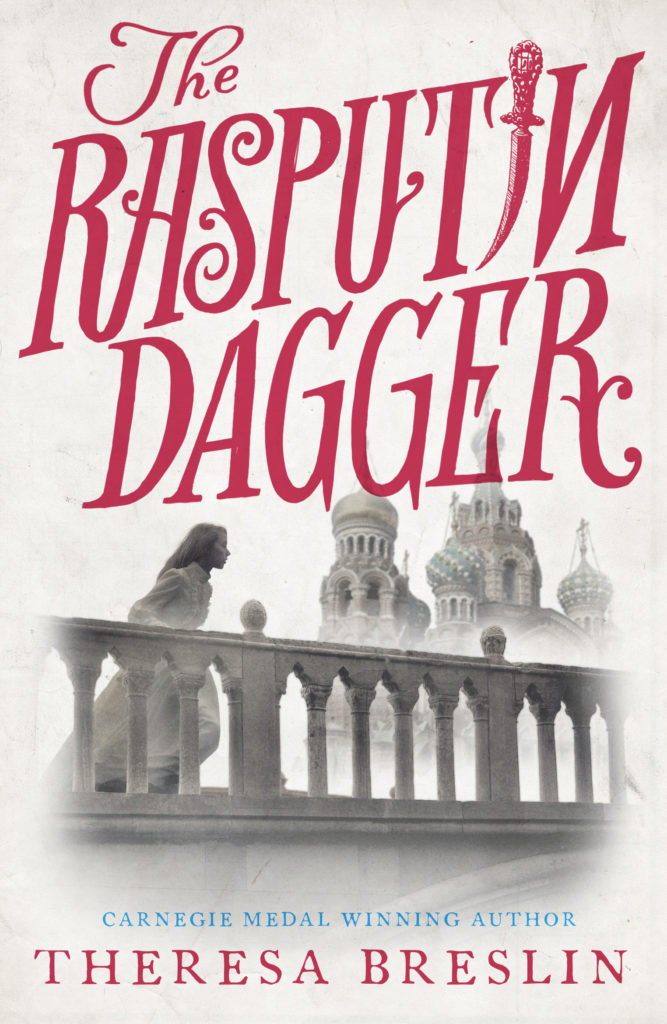
Part Four – See the Real Thing! Visit a museum or historical site.
Whether your book is set in the Middle Ages, the Russian Revolution or the Second World War, you should be able to find real artefacts in your local museum. Why not plan a visit? National Museums Scotland offer a whole programme of events and resources for all ages (other museums also available!)
We asked Sarah Cowie, Learning Officer at National Museums Scotland, for her top tips on making the most of your visit to a museum:
Literacy – Ask each pupil to write a letter to the museum before or after your visit. This can be used to establish some key words and phrases from your topic, as well as to practise creating and laying out text.
Numeracy – Practise timelines. Get each pupil to create an individual timeline based on their own life, then create a large scale version for the historical period for your classroom wall. You can add to this as you find out more about your topic.
Social Studies – Ask pupils to use maps to plan how you are going to get to the museum and, once in the museum, how to find the area you’re interested in exploring that relates to your topic.
Sciences – Experiment with materials. Discover why some objects in the museum don’t look new, and find out how museums take care of their objects. In the museum, look for objects that are kept in darker spaces, under cover, or are only on display for a short while. Then experiment with leaving different materials in daylight and see what impact it has on them. You could also take some different materials (wood, plastic, metal, fabric) to see what happens to objects when they are left in different environments – buried outside, kept underwater, or wrapped up safely in your classroom cupboard. Now compare these to some of the objects in the museum that have been found by archaeologists in different places.
Create your own classroom museum – A fantastic way of engaging pupils and a perfect way to share learning with the wider community. Make or collect your own objects, write your own labels and information panels, run your own enterprising museum shop or café, translate some of your text into an additional language, and take on the roles of different jobs within the museum when parents come to visit.
Useful texts:
Mike Nicholson’s Museum Mystery Squad series (see p.39 in the Schools brochure) sees a group of friends solving mysteries in a museum, showing how museums can be tons of fun.
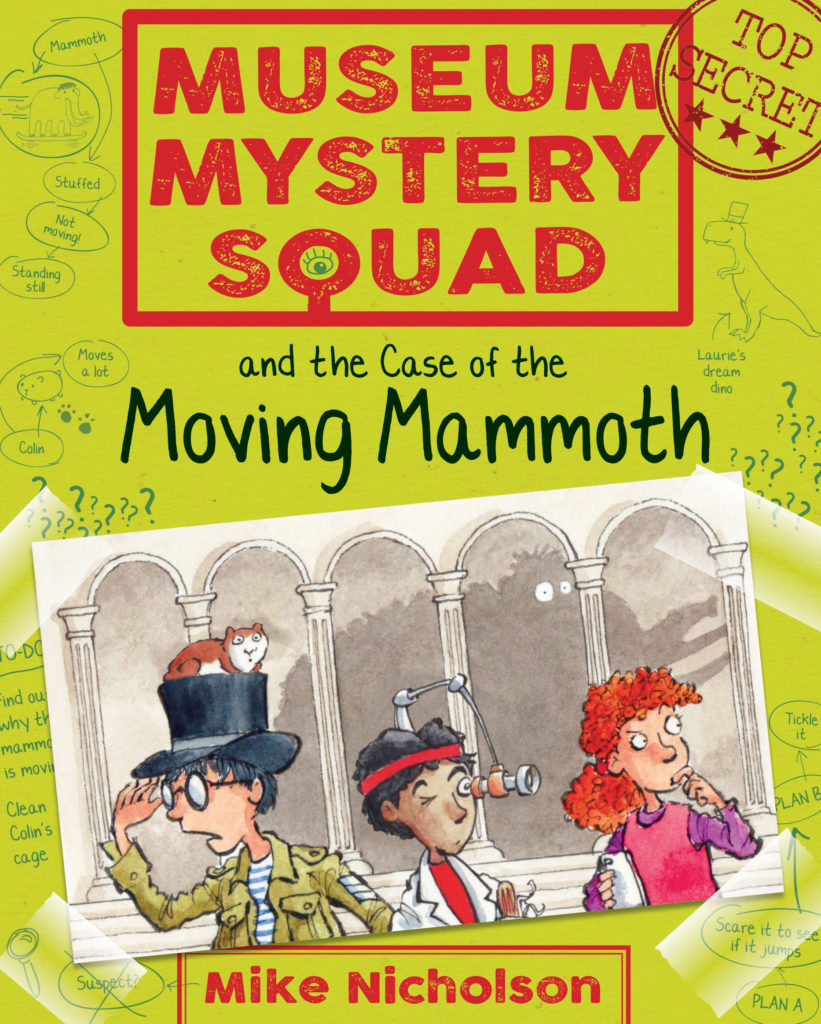
Further information:
You can find more information on all of our historical fiction schools events in our 2017 Schools brochure.
Our Career-long Professional Learning events also aim to give you inspiring new ideas to try out in the classroom. Why not come along to the following event:
Building on Author Events (17 August) – Literacy specialist Georgi Gill shares tips and ideas for activities to help you harness the enthusiasm of your pupils and maintain momentum when you’re back in the classroom.
More information on our CPL events can be found here: https://learning.edbookfest.co.uk/cpl/
